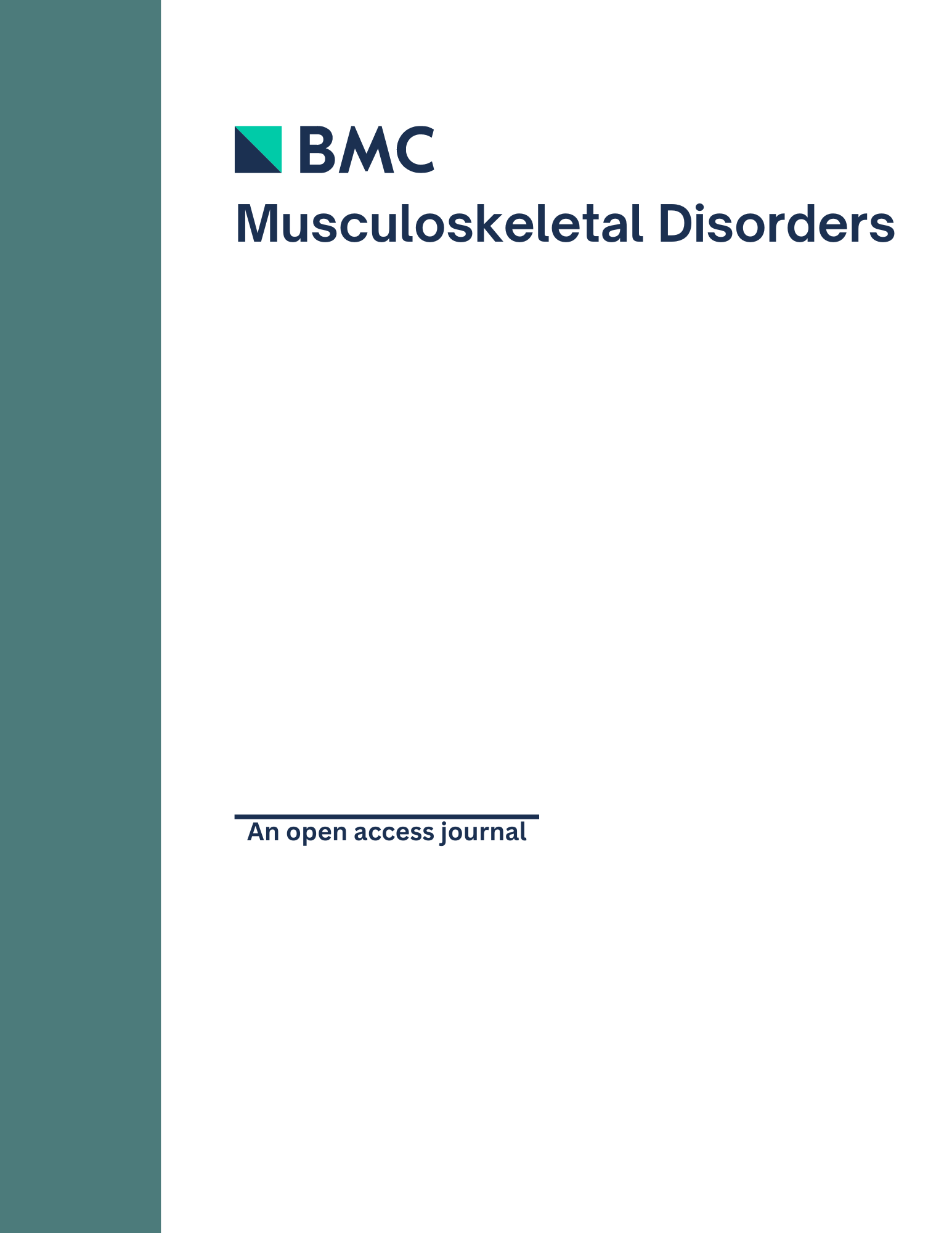
No significant benefit to home-based PRT over standard in-/outpatient rehab after THA

No significant benefit to home-based PRT over standard in-/outpatient rehab after THA
Does an early home-based progressive resistance training program improve function following total hip replacement? Results of a randomized controlled study
BMC Musculoskelet Disord. 2016 Apr 21;17(1):173Synopsis
49 patients who had undergone total hip arthroplasty were randomized to either a 6-week home-based progressive resistance training (PRT) regimen or standard inpatient/outpatient physiotherapy without PRT exercises. The purpose of this study was to evaluate if the home-base PRT group demonstrated significantly better results regarding isokinetic quadriceps strength and functional performance measures compared to standard rehabilitation over 9-12 months follow-up. Results demonstrated no significant differences between groups in the change from baseline to 9-12 months postoperatively in either maximal isokinetic quadriceps strength, the sit-to-stand test, or the timed up-and-go test. Results also demonstrated significantly greater improvement in stair climb performance and the 6-minute walk test in the standard rehabilitation group compared to the home-based PRT group.
Was the allocation sequence adequately generated?
Was allocation adequately concealed?
Blinding Treatment Providers: Was knowledge of the allocated interventions adequately prevented?
Blinding Outcome Assessors: Was knowledge of the allocated interventions adequately prevented?
Blinding Patients: Was knowledge of the allocated interventions adequately prevented?
Was loss to follow-up (missing outcome data) infrequent?
Are reports of the study free of suggestion of selective outcome reporting?
Were outcomes objective, patient-important and assessed in a manner to limit bias (ie. duplicate assessors, Independent assessors)?
Was the sample size sufficiently large to assure a balance of prognosis and sufficiently large number of outcome events?
Was investigator expertise/experience with both treatment and control techniques likely the same (ie.were criteria for surgeon participation/expertise provided)?
Yes = 1
Uncertain = 0.5
Not Relevant = 0
No = 0
The Reporting Criteria Assessment evaluates the transparency with which authors report the methodological and trial characteristics of the trial within the publication. The assessment is divided into five categories which are presented below.
1/4
Randomization
4/4
Outcome Measurements
4/4
Inclusion / Exclusion
3/4
Therapy Description
3/4
Statistics
Detsky AS, Naylor CD, O'Rourke K, McGeer AJ, L'Abbé KA. J Clin Epidemiol. 1992;45:255-65
The Fragility Index is a tool that aids in the interpretation of significant findings, providing a measure of strength for a result. The Fragility Index represents the number of consecutive events that need to be added to a dichotomous outcome to make the finding no longer significant. A small number represents a weaker finding and a large number represents a stronger finding.
Why was this study needed now?
Following total hip arthroplasty, the type of exercises performed, and the setting that they are performed in, may influence overall patient outcome. The idea of centre-based progressive resistance training programs has been popular more recently, though widespread application has been hindered due to the increased expense required by supervision. As an alternative, researchers have begun to investigate if home-based programs featuring PRT following an initial supervised session may demonstrate efficacy in patient rehabilitation. Therefore, a randomized controlled trial comparing a home-based PRT training program to conventional inpatient and outpatient rehabilitation, not including PRT, was needed.
What was the principal research question?
Following total hip arthroplasty, does a home-based progressive resistance training significantly improve muscle strength and physical strength compared to standard, inpatient/outpatient non-PRT exercise rehabilitation, assessed 9-12 months?
What were the important findings?
- No significant difference was observed in the increase in maximal isokinetic quadriceps strength from baseline to 9-12 months between the home-based PRT group (172.3+/-85.10N to 247.4+/-85.10N) and the standard inpatient/outpatient PT group (174.2+/-70.3N to 240.3+/-87.4N) (p=0.065).
- No significant differences were observed between the home-based PRT group and the standard inpatient/outpatient PT group in the increase in the 30-sec sit-to-stand test after 9-12 months (3.64+/-2.72 and 4.75+/-4.04, respectively; p=0.239), increase in lean mass of the operative limb after 9-12 months (200.15+/-800.58g and 194.08+/-586.98g, respectively; p=0.508), or decrease in the TUG test (-3.74+/-5.37s and -2.68+/-2.35s, respectively; p=0.972)
- The home-based PRT group demonstrated a significantly smaller decrease in stair climb performance compared to the standard inpatient/outpatient PT group (-6.69+/-5.08s vs. -7.71+/-6.99s, respectively; p=0.038), as well as a smaller increase in the 6MWT (84.52+/-52.41m vs. 120.91+/-88.59m, respectively; p=0.004).
- Time effects for all outcomes, with the exception of lean mass of the operative limb, were significant.
- Within the home-based PRT group, a significant effect of training volume on the primary outcome was observed, with an increase of 121N (+/-84.63) in maximal isokinetic quadriceps strength after 9-12 months observed in the high training volume cohort compared to decrease of 5.33N (+/-54.12) in the low training volume cohort (p=0.034).
What should I remember most?
Following total hip arthroplasty, a 6-week program of home-based progressive resistance training did not significantly improve isokinetic quadriceps strength and functional performance scores after 9-12 months when compared to standard, non-PRT inpatient/outpatient physiotherapy.
How will this affect the care of my patients?
The results of this study suggest that home-based progressive resistance training may not hold any significant advantanges over standard inpatient/outpatient physiotherapy sessions when considering patient outcome within the first postoperative year, though improvement in outcomes of the study cohort as a whole was significant. Examination of the influence of training volume suggested that outcome may be improved with higher training volume. Therefore, additional studies should be conducted to determine if a greater emphasis on training volume and compliance of patients may further increase the efficacy of home-based PRT following total hip arthroplasty.
Learn about our AI Driven
High Impact Search Feature
Our AI driven High Impact metric calculates the impact an article will have by considering both the publishing journal and the content of the article itself. Built using the latest advances in natural language processing, OE High Impact predicts an article’s future number of citations better than impact factor alone.
Continue



 LOGIN
LOGIN

Join the Conversation
Please Login or Join to leave comments.